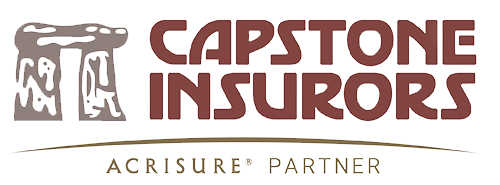To protect a small business from potential lawsuits, liability insurance is necessary. Policies vary greatly, and they cover different classifications of risks for varying costs. Before shopping for a policy, it is important to know a little more about liability insurance. The following paragraphs provide a quick overview.
1. Liability insurance is available in many different forms. Commercial general liability, which is also called CGL, is a very broad insurance product. It covers claims from accidents, injuries or negligence when the business is at fault. Small businesses may face a wide array of damage charges. Personal injuries, property damage, libel and slander are just a few examples. Product liability insurance covers legal fees for litigation involving a faulty product. It also covers any personal or property damage charges caused by the defective product. Professional liability coverage pays for damages caused by services. It is also called errors and omissions coverage. This is for companies that market a service instead of a product. For example, professionals in medical clinics must have medical malpractice coverage. There are other types of insurance designed for specialty businesses. For example, there are special policies for companies involved only in Internet sales. The nature of the business determines what type of coverage is necessary.
2. The type of business may influence premium amounts. Insurers classify businesses in several different categories. These classifications play a key role in determining annual premiums. Every business has a certain degree of risk, and some types face many more risks than others. For example, a company that washes windows on skyscrapers would be a riskier business than a tax preparation company. To get a better idea of what to charge, most insurers research the number of claims made by similar businesses. The North American Industry Classification System is commonly used. To find out what kind of risk classification a particular business falls under, discuss the matter with an agent. The size of a business' payroll and the amount of sales made also contribute to premium amounts.
3. Liability insurance does not cover everything. General liability coverage does not offer benefits for employees' work-related injuries and illnesses. Workers' compensation coverage usually provides benefits for such expenses. Liability coverage does not cover intentional acts or damages sustained from those acts. Employee fights, criminal activity and fraudulent behavior are some examples of intentional acts.
4. Liability insurance may be a requirement. Several states require some professions to carry liability coverage. If a business uses a vehicle or lets employees drive it, auto liability coverage is also important. Although most states have a specific standard for minimum auto liability coverage, the amounts vary from state to state. It is important to discuss these numbers with an agent. In the event of a claim, liability insurance provides coverage for defense costs, litigation claims and other legal fees.
5. It is possible to decrease risks. If business owners document certain safety measures taken to reduce or eliminate risks, insurance companies may classify the company as low risk. Smoke alarms, fire alarms, sprinkler systems and multiple fire extinguishers help lower risks. It is also beneficial to train employees in various safety practices. Be sure to make equipment readily available. When vehicles are used for business purposes, make sure they are maintained properly.
